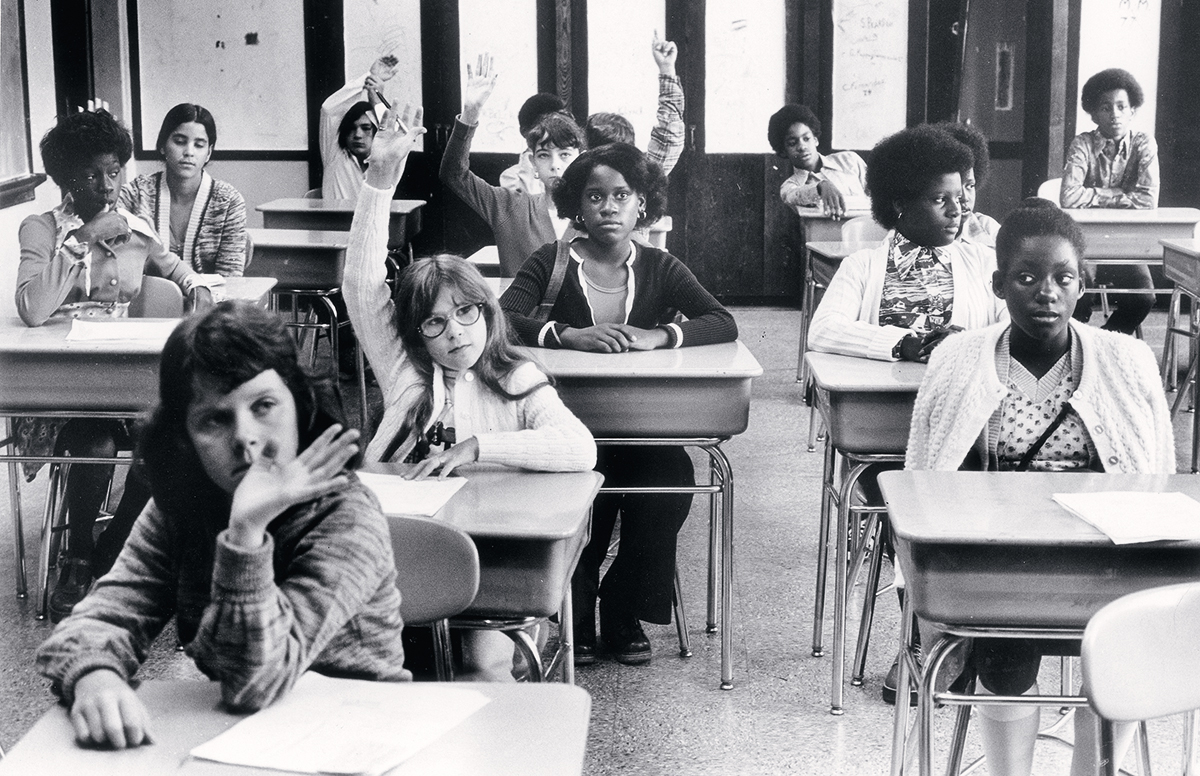A Reflection on The Curley K-8 School Circa 1975

Photograph by Ulrike Welsch/Getty Images
I was a feature photographer and generally searched for beautiful moments and scenes, and was not very keen on observing troubles or hatred. Needless to say, Boston busing was not one of my favorite photojournalism moments. It was a tough time for Boston, especially since some sectors of the city were not open to the “forced” busing.
I had to babysit South Boston High School almost daily from 7 a.m. to 9 a.m. for the Boston Globe in case there was something to cover. I saw shoving, shouting, and stone-throwing…once there was a stabbing. There were policemen on horseback keeping order. On a particularly charged day, I was cornered by a crowd of demonstrators that identified me as a reporter for the Globe. They were pulling on my clothes and camera bag and calling me a ‘nigger lover’ because the Globe was pro-busing. I wasn’t even writing; I was just there daily to take pictures. A reporter rescued me from the mob, and my whole body was trembling. It was one of the most frightening moments of my career.
In spite of all this tension, I made it my personal challenge to show both sides. I went to schools where kids from both races sat next to each other, played well together, consoled each other. It was all very normal and dear. But after school, anti-busing parents were outside protesting. It was sad. I thought it was understandable that African-American parents would want a more balanced and challenging environment for their children, and at the end of it all, a better education.”
—Ulrike Welsch, photographer


